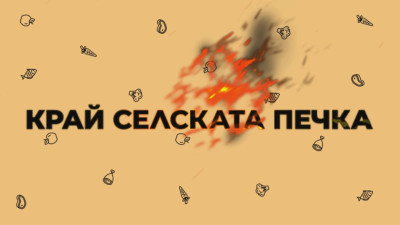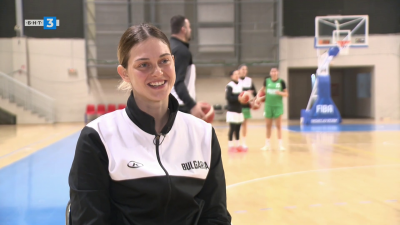Ancient pottery with bright colours reveal unknown civilization from the banks of the Danube
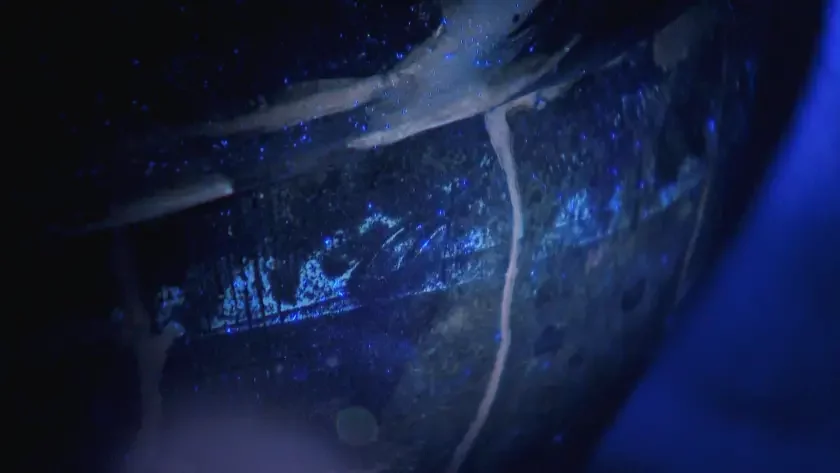
An unexpected discovery - scientists have found vibrant colours on 4,000-year-old vessels from the Inlaid Pottery culture. Archaeologists are studying a Bronze Age necropolis near the village of Balei, (Vidin district, Northwestern Bulgaria) which provides invaluable information about an unknown civilization concentrated on the lands of the Danube.
They subordinated their entire existence to the river. They accepted its good, resisted its whims. Four millennia back in time, a civilization developed along the Danube that has left us too little to fully unravel.
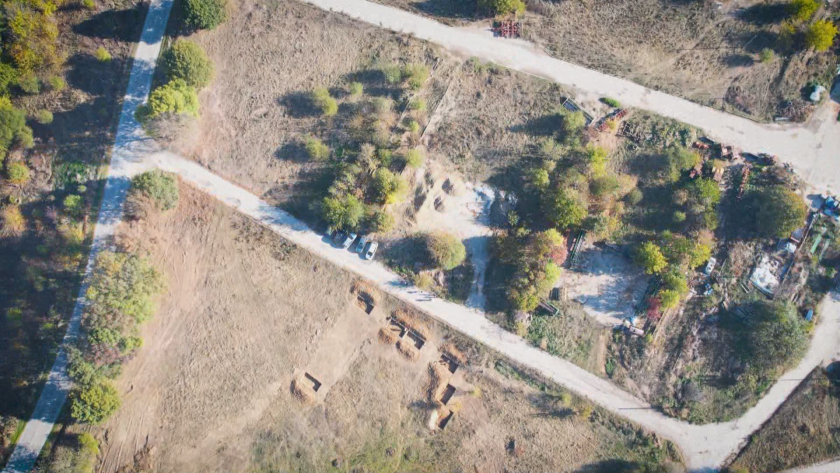
Nothing here suggested the presence of a necropolis. The graves were actually small pottery buried in the ground and it was an extremely rare chance not only to discover but also to recognize them as such. The river people left most traces near the village of Balei.
While digging an antiseptic pit, one of the workers recognized at the bottom the same pottery as those he had seen while exploring the Eneolithic settlement nearby. It later became clear that this was an urn and that there are many of them in the ground around them.
"There were bones here, burnt bones and there were burnt bones around the urn. This shows clearly that it is a grave with burnt corpse. They washed some of the burnt bones and put them in this urn, which was usually an amphora, a vessel for liquids," said Assoc. Prof. Dr. Stefan Alexandrov, head of the archaeological excavations.
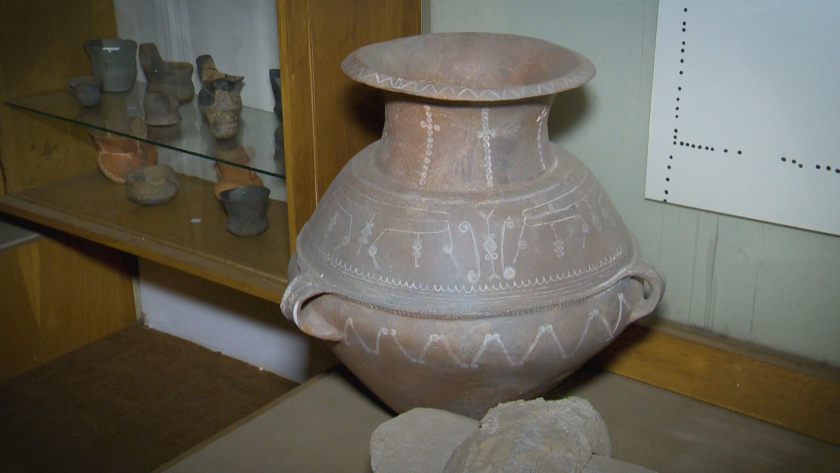
All the urns in the necropolis are such. Researchers do not recognize a pattern in the selection - there are - whole, broken, splayed, pitchers.
"This is from the first half of the second millennium BC, when life as a standard was actually at its highest. The greatest number of gold treasures in the Northern Balkans is from this period. Like, for example, the one from Svishtov, the Valchitran Treasure,” said Assoc. Prof. Stefan Alexandrov. (treasure found near Valchitran consists of 13 gold objects with a total weight of almost 13 kilograms).
These urns are the earliest in the necropolis - from the Middle Bronze Age. The later ones show a higher infant mortality rate, or life here became more difficult. But the pottery continues to surprise - not one vessel looks like the other, all are decorated differently.
"This is household pottery - a bowl," said Assoc. Prof. Stefan Alexandrov.
And this one is a household bowl, but it is not so ordinary. And it certainly wasn't that grey. As are the ornate stylized human figurines.
"There are remnants of those colors. They're greying, but it's actually the pigments changing over time, they're changing their colour as they oxidise, they age, and we're seeing a greyish colour now, and it was quite different. The pottery have definitely been painted and this is clearly visible under ultraviolet light in the dark," explained Dr. Rositsa Manova, an expert and restorer.
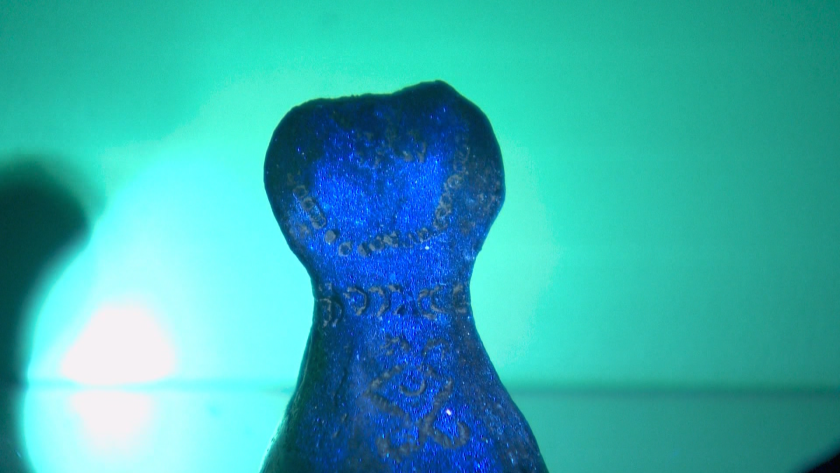
Conditions that the museum in Vidin can offer, which preserves much of what has been found so far.
"Sometimes interesting things come up and now we're going to check this vessel, if we can turn out the light there 32.03 What I see is that it's a thick tape with some colouring, purely decorative. The interesting thing here is that the pigments are preserved on the surface. They remain in the structure of the urn and when we illuminate them, they fluoresce," said Rositsa Manova.
The anthropomorphic figurines, which are also found in the necropolis and in the graves, fluoresce very brightly and in colour.
"We have already done an analysis of an anthropomorphic figurine from Balei and it became clear to us that the figurine is covered with the cobalt copper blue colouration, which is quite rare."
The ultraviolet light also revealed another unexpected detail. The bone substance with which the pottery is inlaid differs. On some it comes out yellow, on others white. Human bones, like the remains of these urns, also fluoresce white. This suspicion, however, has yet to be confirmed by more precise analyses. And it will turn out that the inlaid pottery for which the river people are known carries many more messages that we need to unravel. Ceramics that are only found on the Danube.
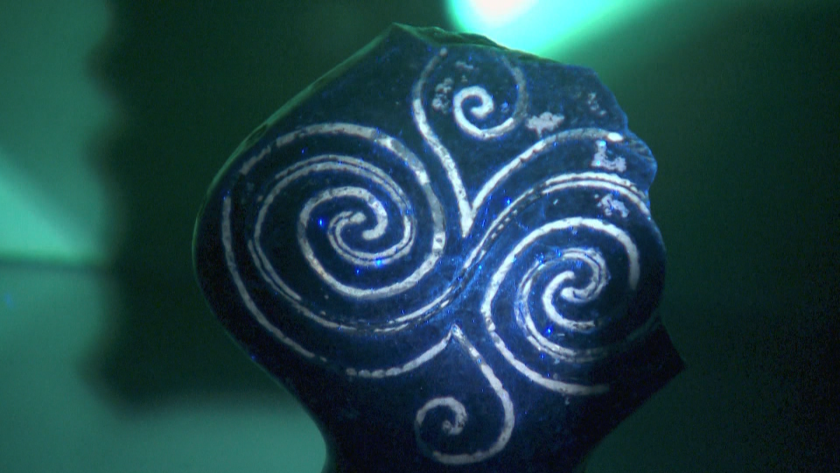
"They migrated from the middle Danube region. From Belgrade, on both banks of the Danube just up to Lom. They settled both banks of the Danube. They had really quite big houses, the biggest dwelling that has been studied there is of the order of 80-90 square metres," said Assoc. Prof. Stefan Alexandrov.
Despite the wonderful conditions, the end of this civilisation is distinct and after 1050 BC their traces are abruptly lost. What happened to the river people, scientists have no answer. In any case, for the 11th century BC there is evidence of a cooling. And such climatic changes have caused the decline of more than one civilization.
Get the latest news wherever you are!
Follow us on
Facebook
and
Instagram
Follow BNT’s YouTube channel
You can now also watch us on
TikTok
Find us on
Google News










